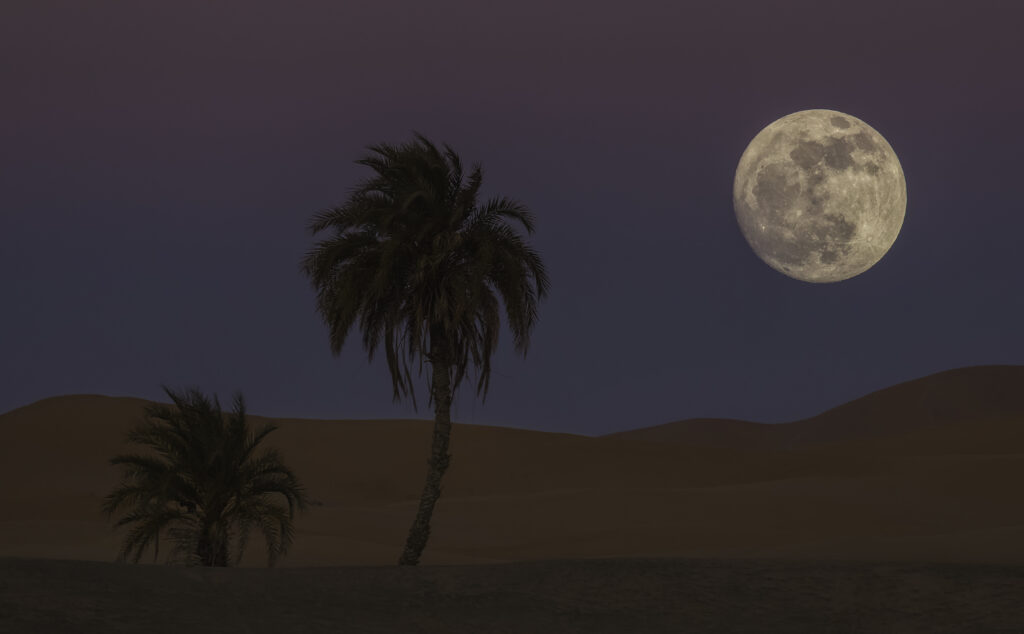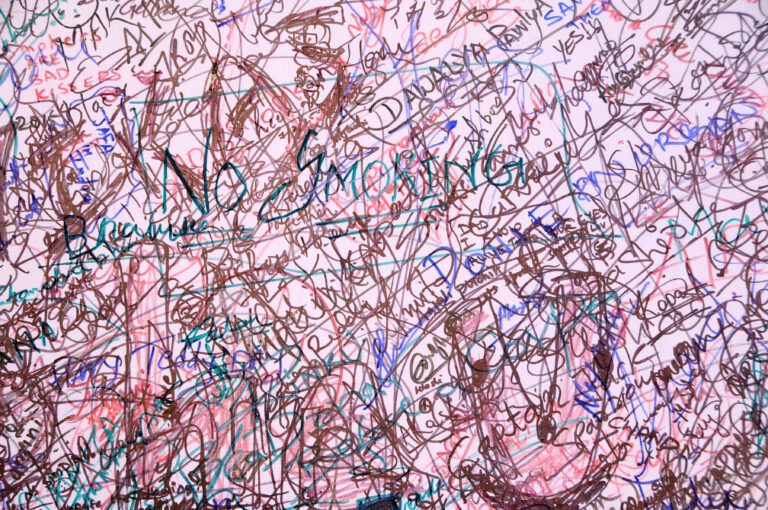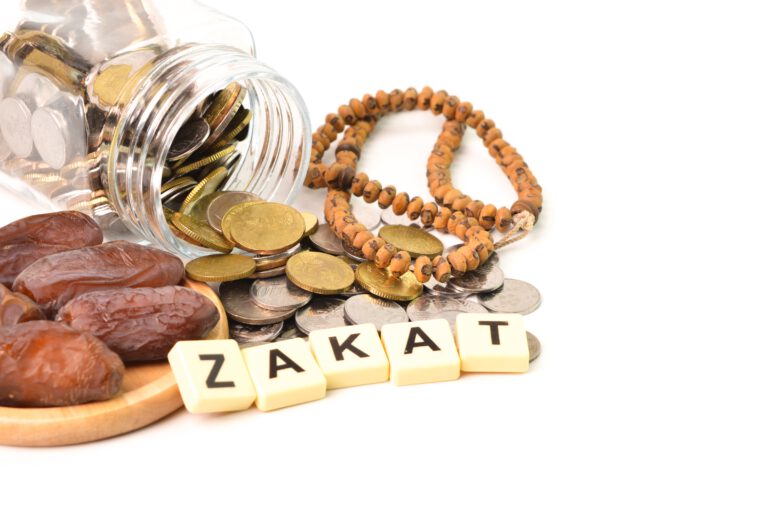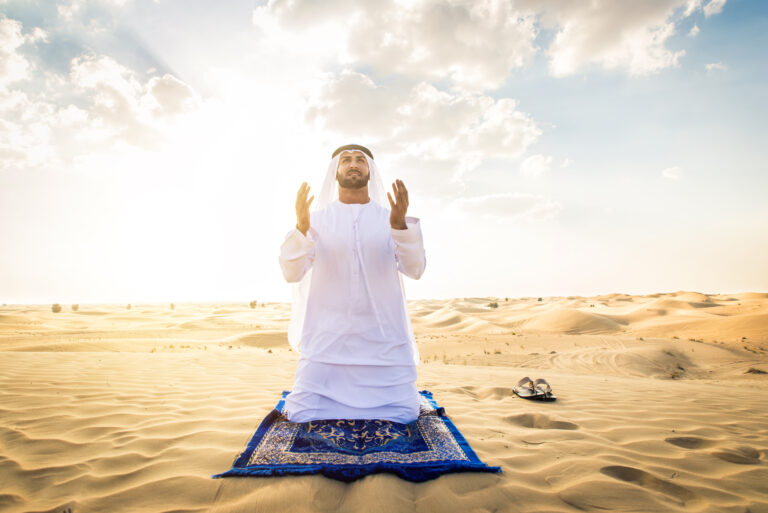Introduction: A Lost Night Rediscovered
The traditional search for Laylatul Qadr arose because the Islamic calendar was originally not purely lunar but included an intercalation system (Nasi’). This system periodically added an extra month to keep the calendar aligned with the solar year. As a result, religious months, including Ramadan, remained relatively fixed within a specific season.
Historically, Ramadan occurred around the same period of the solar year, and Laylatul Qadr always fell on the night of the full moon. After the abolition of Nasi’ in 631 CE, the Islamic calendar began shifting through the seasons, causing the original timing of Laylatul Qadr to be lost.
This study demonstrates that Laylatul Qadr was originally astronomically determined and not an arbitrary, shifting event.

Claim 1: Laylatul Qadr Originally Occurred on the Night of the Full Moon
Qur’anic Evidence: A Night of Light and Peace
📖 “Indeed, We sent it [the Qur’an] down during the Night of Decree.” (Qur’an 97:1)
The term Laylatul Qadr is often associated with light, divine decrees, and guidance. This would make sense if it coincided with a night of maximum natural illumination—the full moon.
📖 “Peace it is until the emergence of dawn.” (Qur’an 97:5)
This describes an exceptionally bright and peaceful night, aligning with the effects of a full moon.
Historical and Astronomical Confirmation: The First Revelation
- On August 10, 610 CE—the historically accepted date of the first revelation—there was a full moon.
- This suggests that Laylatul Qadr was originally astronomically predictable and not a mysterious, shifting moment. Historical observations indicate that its timing could have been determined based on the lunar cycle, with particular emphasis on the full moon of Ramadan.
- Records of celestial events and calculations based on the pre-Islamic calendar support this theory, demonstrating that Laylatul Qadr followed a consistent astronomical pattern rather than being randomly assigned.
Claim 2: The Pre-Islamic Calendar Was Not Strictly Lunar
Qur’anic Evidence: The Role of the Sun and Moon in Timekeeping
📖 “He has subjected the sun and the moon, each running for an appointed term.” (Qur’an 13:2)
📖 “He causes the dawn to break and has made the night for rest and the sun and the moon for calculation.” (Qur’an 6:96)
- The Qur’an acknowledges both the sun and the moon as timekeeping measures. This suggests a hybrid calendar system rather than a purely lunar calendar.
Historical Analysis: The Use of Nasi’ for Calendar Synchronization
- The pre-Islamic Arabs used Nasi’ (intercalation) to keep the months roughly aligned with the seasons.
- A hadith in Abu Dawood 1134 confirms that the pre-Islamic Arabs celebrated festivals on fixed dates each year, which would not have been possible with a purely lunar calendar.
- Additionally, Surah Al-Kahf 18:25 acknowledges the difference between solar and lunar years:
📖 “And they remained in their cave for three hundred years and added nine.” (Qur’an 18:25)
This is the exact difference between 300 solar years and 309 lunar years, demonstrating the Qur’an’s recognition of synchronization between the sun and the moon.
Claim 3: The Abolition of Intercalation Led to the Search for Laylatul Qadr
Qur’anic Evidence: The Condemnation of Nasi’
📖 “Indeed, the number of months with Allah is twelve months in the Register of Allah from the day He created the heavens and the earth; of these, four are sacred. That is the correct religion, so do not wrong yourselves during them.” (Qur’an 9:36)
📖 “Indeed, intercalation (Nasi’) is only an increase in disbelief, by which the disbelievers are led further astray. They allow it one year and forbid it another year to conform to the number of months Allah has made sacred, thus making lawful what Allah has forbidden. Their evil deeds have been made attractive to them. And Allah does not guide the disbelieving people.” (Qur’an 9:37)
The Qur’an condemns Nasi’, but the reasoning seems to be moral and political rather than astronomical: it was being manipulated to alter the sacred months for personal gain.
This suggests that the Qur’an was not necessarily against calendar synchronization but against its abuse.
Historical Consequences: Ramadan’s Seasonal Shift and the Mystery of Laylatul Qadr
After 631 CE, the Islamic calendar became strictly lunar, causing:
- Ramadan to drift through the seasons.
- Laylatul Qadr to lose its original astronomical marker.
As a result, Muslims began searching for the right night instead of knowing it with certainty. This shift not only altered devotional practices but also led to varying interpretations across different Islamic traditions.
Claim 4: Hadith Confirm That the Prophet Fasted for 10 Days After Laylatul Qadr
Hadith Analysis: A Clear Indication of the Timing
- Prophet Muhammad (ﷺ) continued fasting for 10 more days after Laylatul Qadr.
- The Sunnah recommends fasting 6 days of Shawwal.
- Additionally, Muslims fasted the last 3 to 4 days of Ramadan.
6 + 3 or 4 days = 10 days of fasting after Laylatul Qadr.
💡 This implies that Laylatul Qadr truly fell on the 27th night of Ramadan, but pre-Islamic months did not necessarily begin with a strictly lunar-based new moon. Rather, it explains why we continue searching for the 27th night instead of recognizing the full moon as the seasonal marker for Laylatul Qadr.
💡 This confirms that the pre-Islamic calendar did not allow Ramadan to drift randomly through the seasons.
Conclusion: Laylatul Qadr Was Always on the Night of the Full Moon
- The first revelation occurred on August 10, 610 CE—a night with a full moon.
- Laylatul Qadr was originally astronomically determined, likely as the full moon night in Ramadan.
- The abolition of intercalation caused Ramadan to shift, turning Laylatul Qadr into a “mystery.”
- The Qur’an acknowledges both solar and lunar calendars and their synchronization.
- Hadith confirm that the Prophet (ﷺ) fasted for 10 days after Laylatul Qadr, suggesting that the 27th night was indeed correct.
💡 If we correct the Islamic calendar by reintroducing a form of astronomical synchronization, such as accounting for seasonal drift, we can precisely determine the true Laylatul Qadr and end the endless search!






